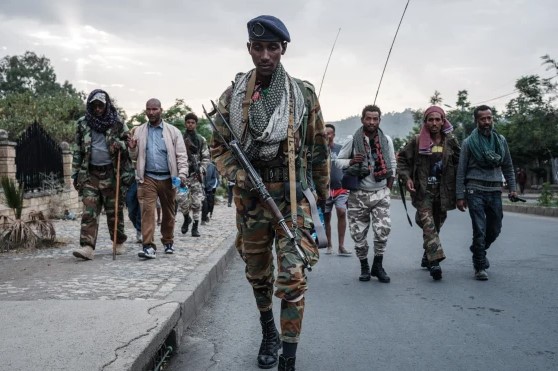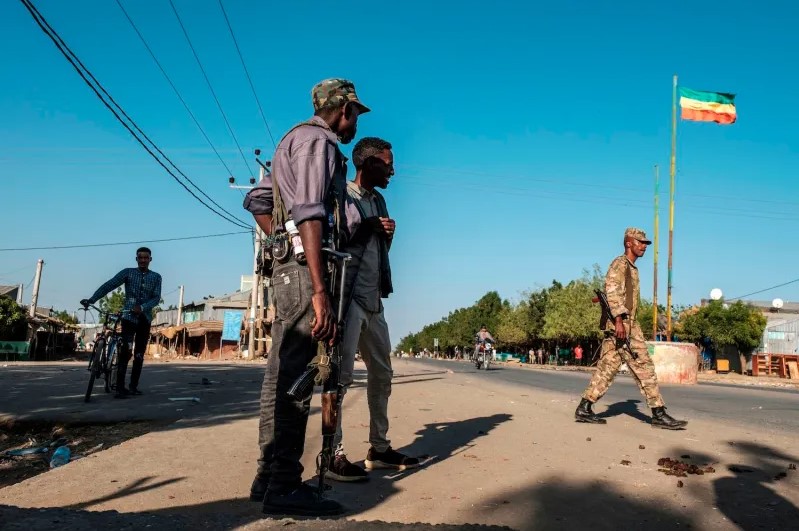The UN has concluded a fundraiser in order to attempt to expand humanitarian operations in the country. Ethiopia is facing an array of different issues that have prompted widespread hunger and shortages of essential supplies, in particular medical supplies.
Falling Short
The UN’s building in Geneva, Switzerland, hosted a pledging event alongside the governments of the UK and Ethiopia aimed at expanding humanitarian operations in the country.
The UN was seeking to expand their services of “life-saving assistance” to 15.5 million people, and food aid to 10.4 million people.
In order to do so, the UN was seeking an additional 1 billion USD in funding for their immediate operations. For the entire year, the UN will require 3.24 billion. However, they only received just above 600 million at this pledging event, leaving them short of both their long and short term goals.
The UN received 610.1 million USD in pledges at the event from approximately 20 different countries, with the largest donors being the US at 243 million, the UK at 125 million, and the EU at 46.6 million.
The report that details donor countries and dollar amounts may be read here.
Although they have fallen short of their immediate goals, the UN has stated they hope more nations will donate as time goes on in order for them to fulfill their goals.
Mounting Issues
Ethiopia’s present issues result from a number of different factors. Namely conflict, drought, flooding, and economic issues worsened by these three aspects.
Hunger is particularly bad in Ethiopia’s Tigray, Amhara, and Afar regions.
Within Tigray, the Tigray war which raged from November 2020 to November 2022 has created longstanding effects upon the region. Much of Tigray’s infrastructure was heavily damaged or destroyed throughout the course of the war, along with large portions of Tigrayan farmland and agricultural land.

The war spawned rampant hunger as Tigray’s food supplies were decimated, and the Ethiopian central government blocked the entry of most humanitarian aid. Several hundred thousand people are estimated to have died from famine within Tigray during this time, although estimates vary wildly due to an information blackout that was instated by the Ethiopian government at the time. Approximately 1.4 million Tigrayan’s remain internally displaced as a result of the conflict.
Although the war has ended, approximately 40% of Tigray remains occupied by regional Amharas forces in the west, as well as Eritrean forces in the north. Notably, western Tigray, where Amharas forces occupy the land, is Tigray’s most fertile land.

Amhara itself is presently witnessing its own conflict with the Ethiopian central government, one that bears certain similarities to the Tigray conflict. The continued conflict there contributes greatly to hunger issues in Amhara.
Issues are further worsened by a several year long drought that has been ongoing within east Africa. Many crops have failed due to the drought, which effects not just Ethiopia, but many of their neighbours as well.
Over the last few months, amidst the drought, there have been simultaneous floods. Kenya, Somalia, Ethiopia, and Tanzania have all been witness to intense floods that have killed several hundred people and displaced hundreds of thousands.
The rainfall between the 2023 October and December “short rains” season was the most intense recorded in the last 40 years. The typical rainy seasons have been recorded as some of the areas driest in the last 40 years, with 2022’s rainy season marking the driest.


